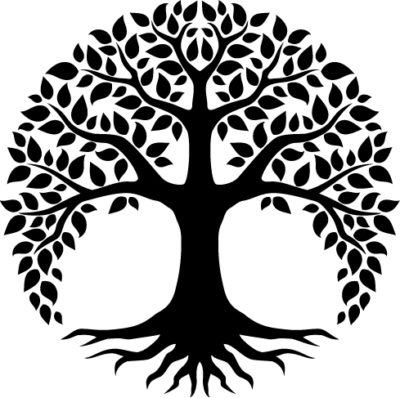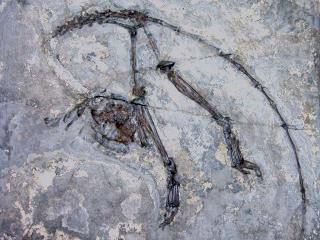by Richard William Nelson | Jun 21, 2013
 The history of the evolutionary tree of life, from ancient Greek philosophers to twenty-first-century scientists, provides insights into the theory’s origin and its evolution through Western civilization.
The history of the evolutionary tree of life, from ancient Greek philosophers to twenty-first-century scientists, provides insights into the theory’s origin and its evolution through Western civilization.
While approaches have been diverse, elements that progress in increasing complexity over time are a constant theme.
Porphyry (234–305 BC), a third-century Greek philosopher, composed the first known tree of life in his work entitled Isagoge while living in Sicily. Isagoge is an “Introduction” by Porphyry edited into Aristotle‘s (384–322 BC) text known as Categories.
Continue Reading
by Richard William Nelson | Jun 14, 2013
 Charles Darwin started the debate over where humans originated. In the 19th century, most evolution scientists believed that humans originated in Asia — a theory known as the Out-of-Asia model. In the 6th Edition of The Origin of Species (1872), while Darwin mentions “humans” ten times, he never discusses the origin of humans.
Charles Darwin started the debate over where humans originated. In the 19th century, most evolution scientists believed that humans originated in Asia — a theory known as the Out-of-Asia model. In the 6th Edition of The Origin of Species (1872), while Darwin mentions “humans” ten times, he never discusses the origin of humans.
Darwin studied African apes for the 1st Edition of The Descent of Man (1871). In the section entitled “On the Birthplace and Antiquity of Man,” Darwin argued –
“It is somewhat more probable that our early progenitors lived on the African continent than elsewhere.”
Darwin started the Out-of-Africa vs. Out-of-Asia dilemma.
Continue Reading
 The history of the evolutionary tree of life, from ancient Greek philosophers to twenty-first-century scientists, provides insights into the theory’s origin and its evolution through Western civilization.
The history of the evolutionary tree of life, from ancient Greek philosophers to twenty-first-century scientists, provides insights into the theory’s origin and its evolution through Western civilization.
 Charles Darwin started the debate over where humans originated. In the 19th century, most evolution scientists believed that humans originated in Asia — a theory known as the
Charles Darwin started the debate over where humans originated. In the 19th century, most evolution scientists believed that humans originated in Asia — a theory known as the 